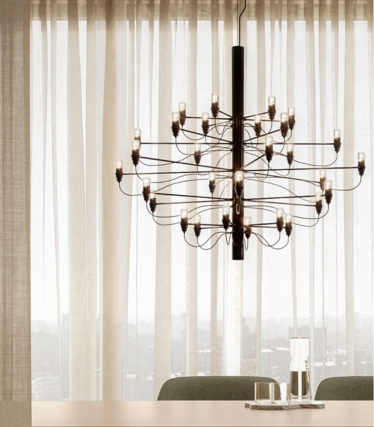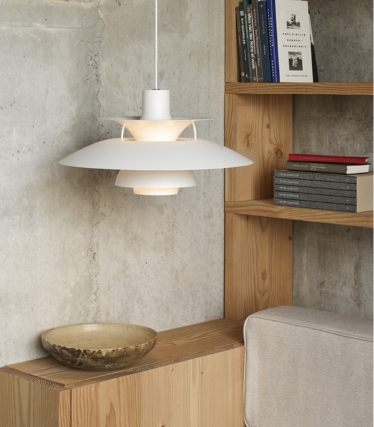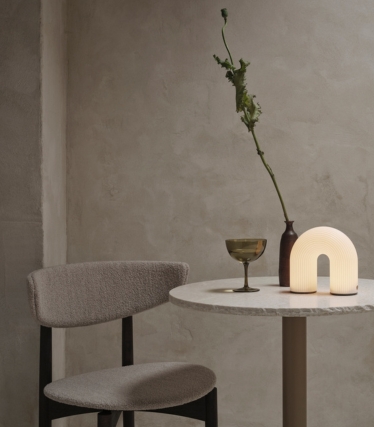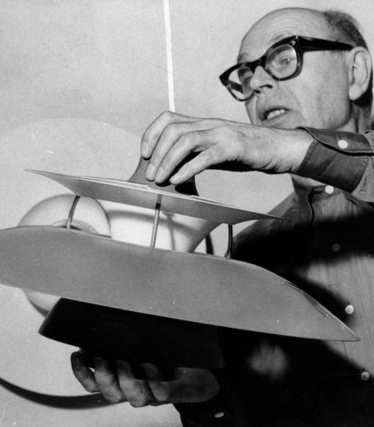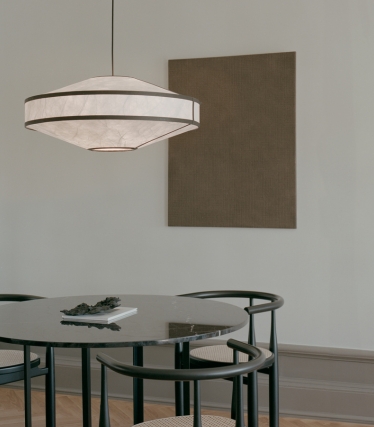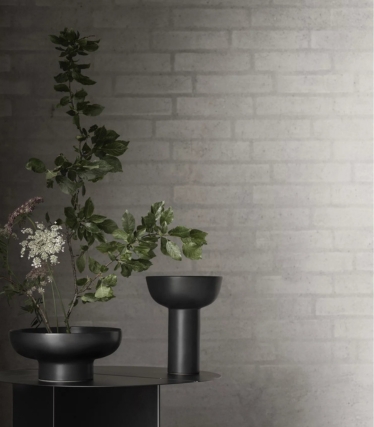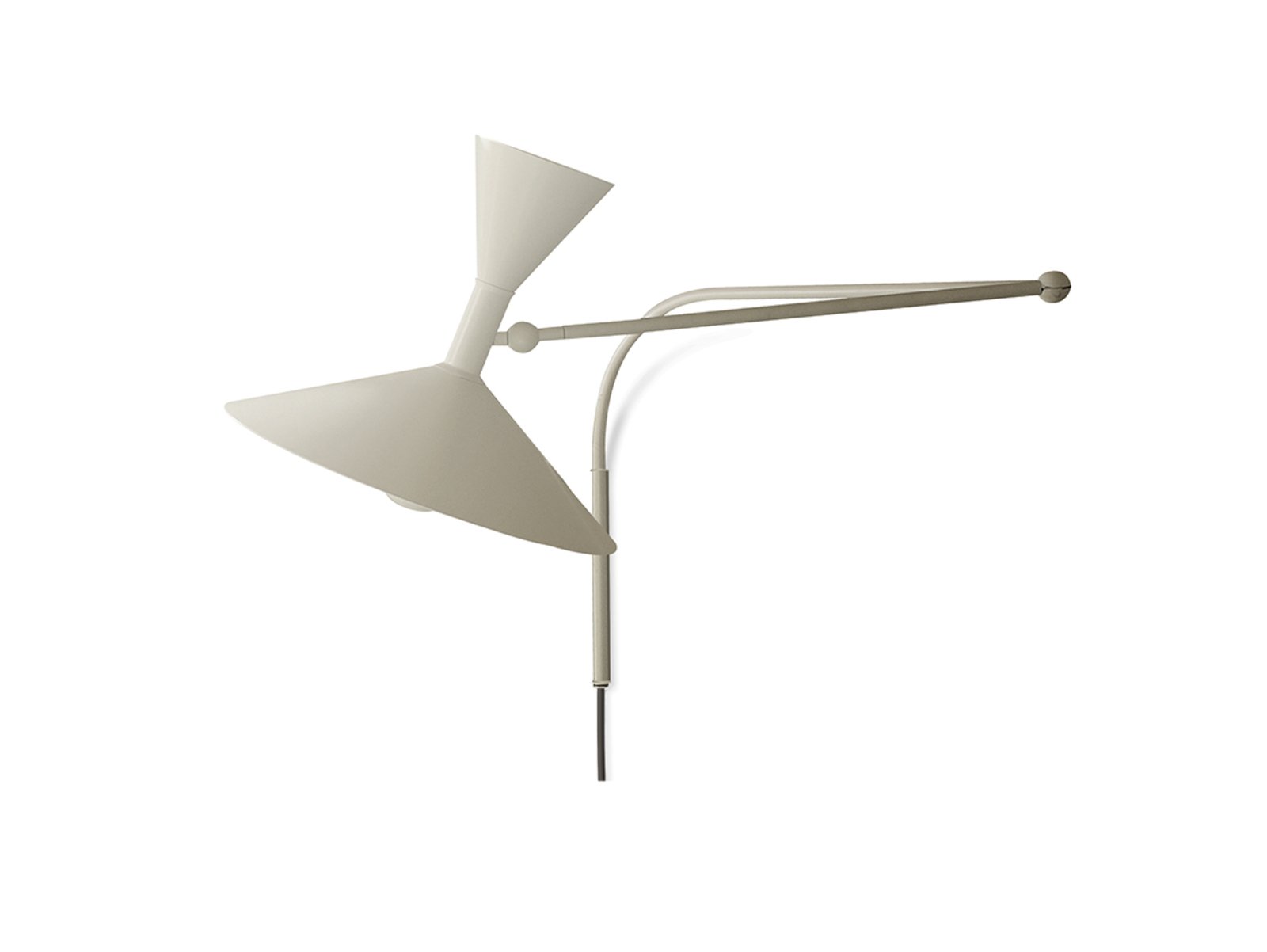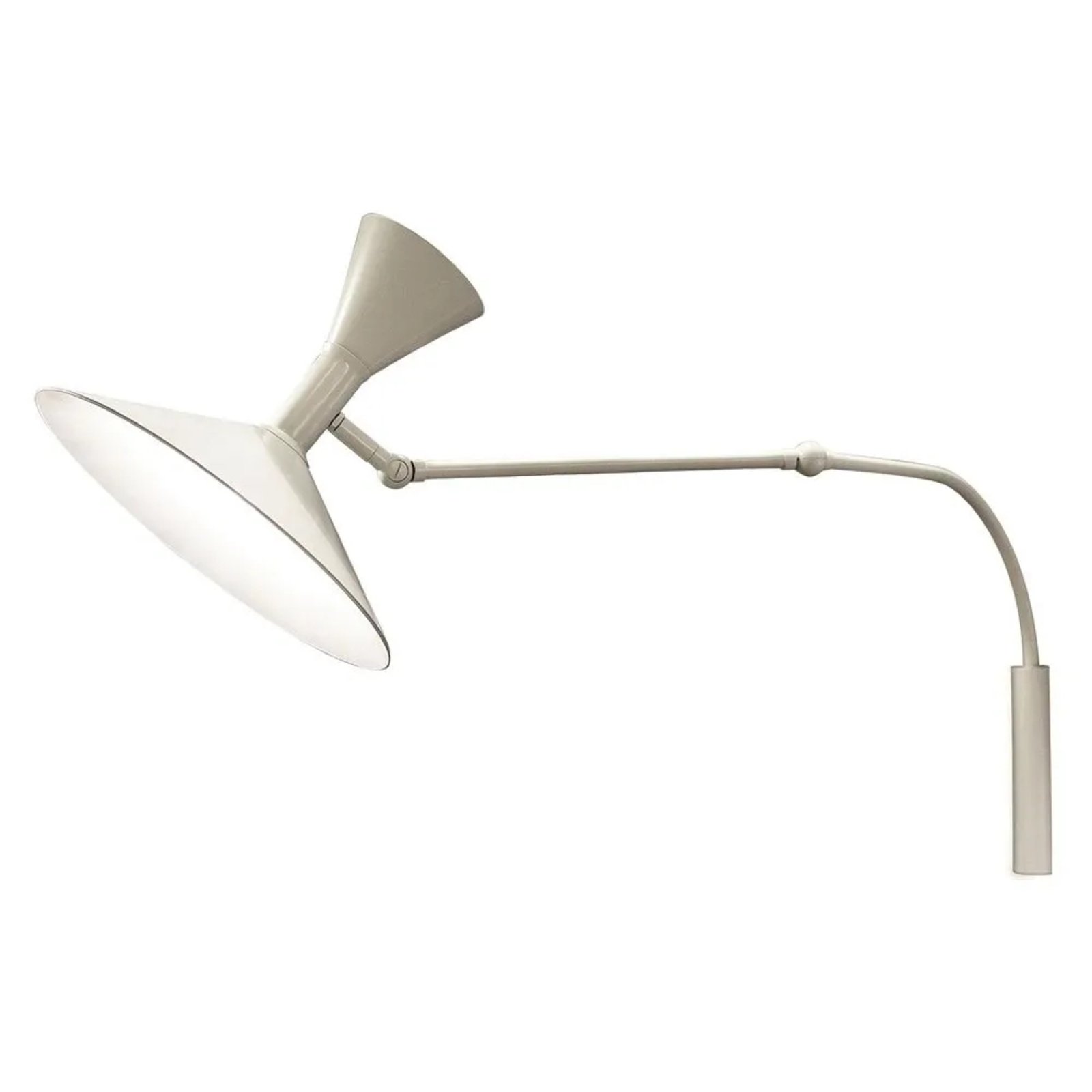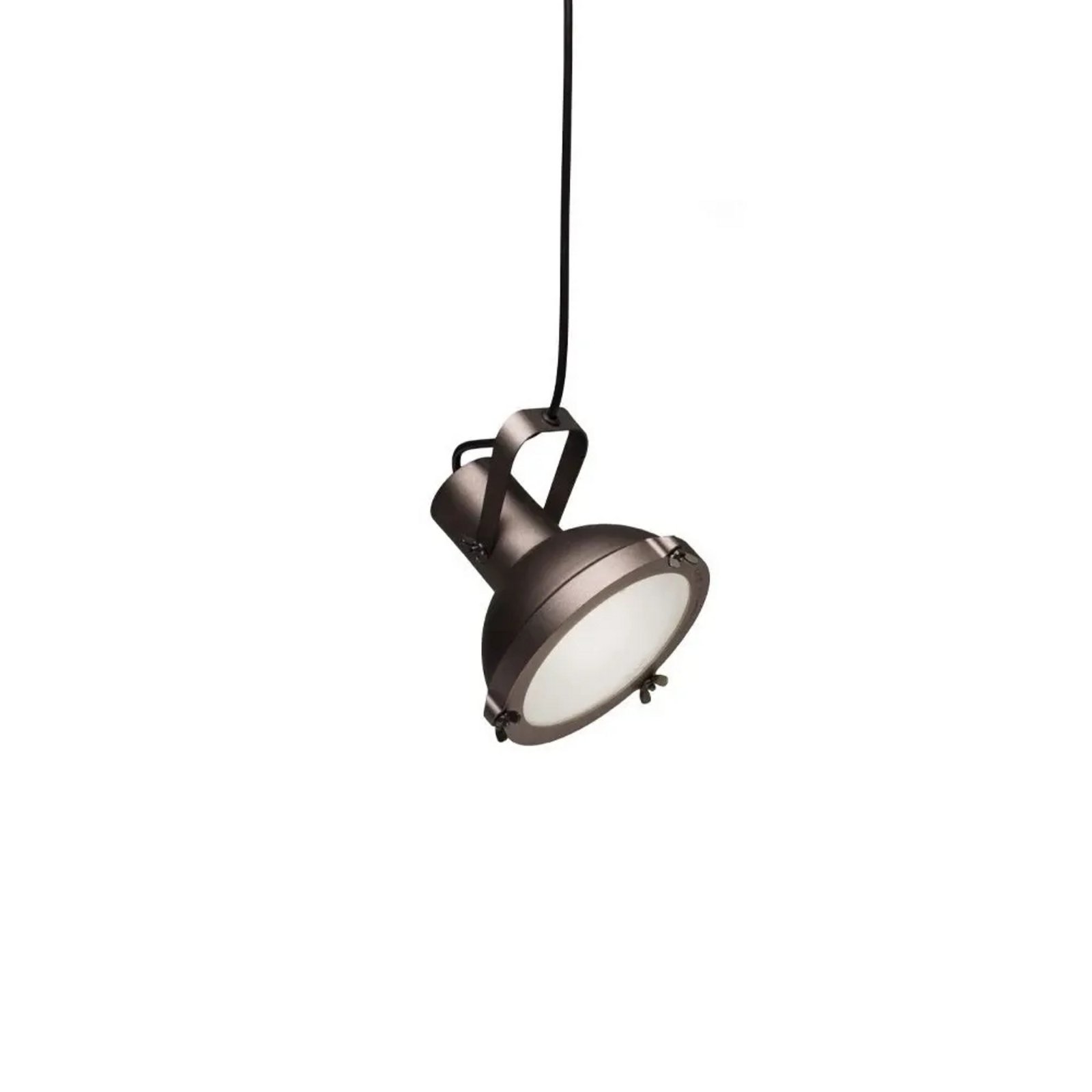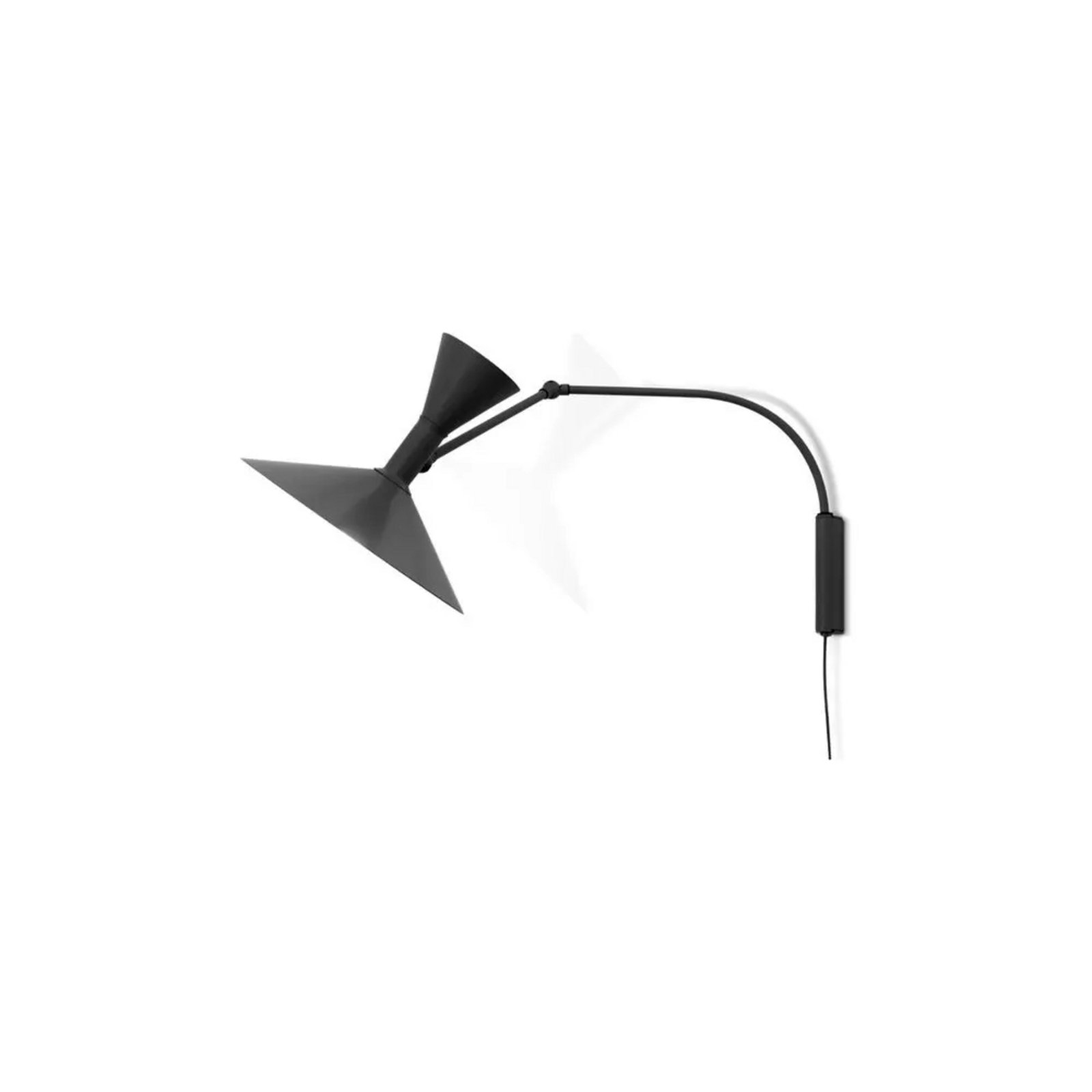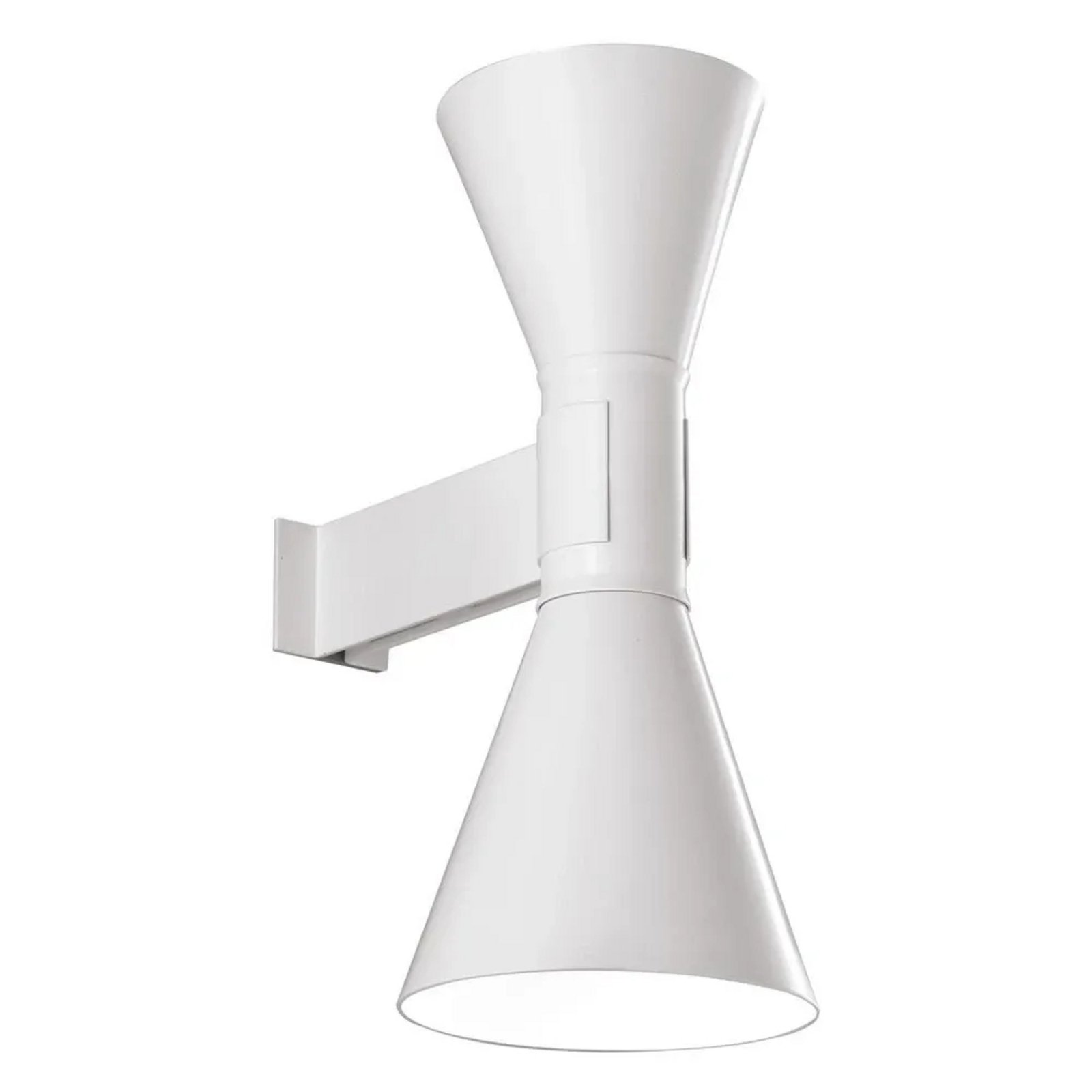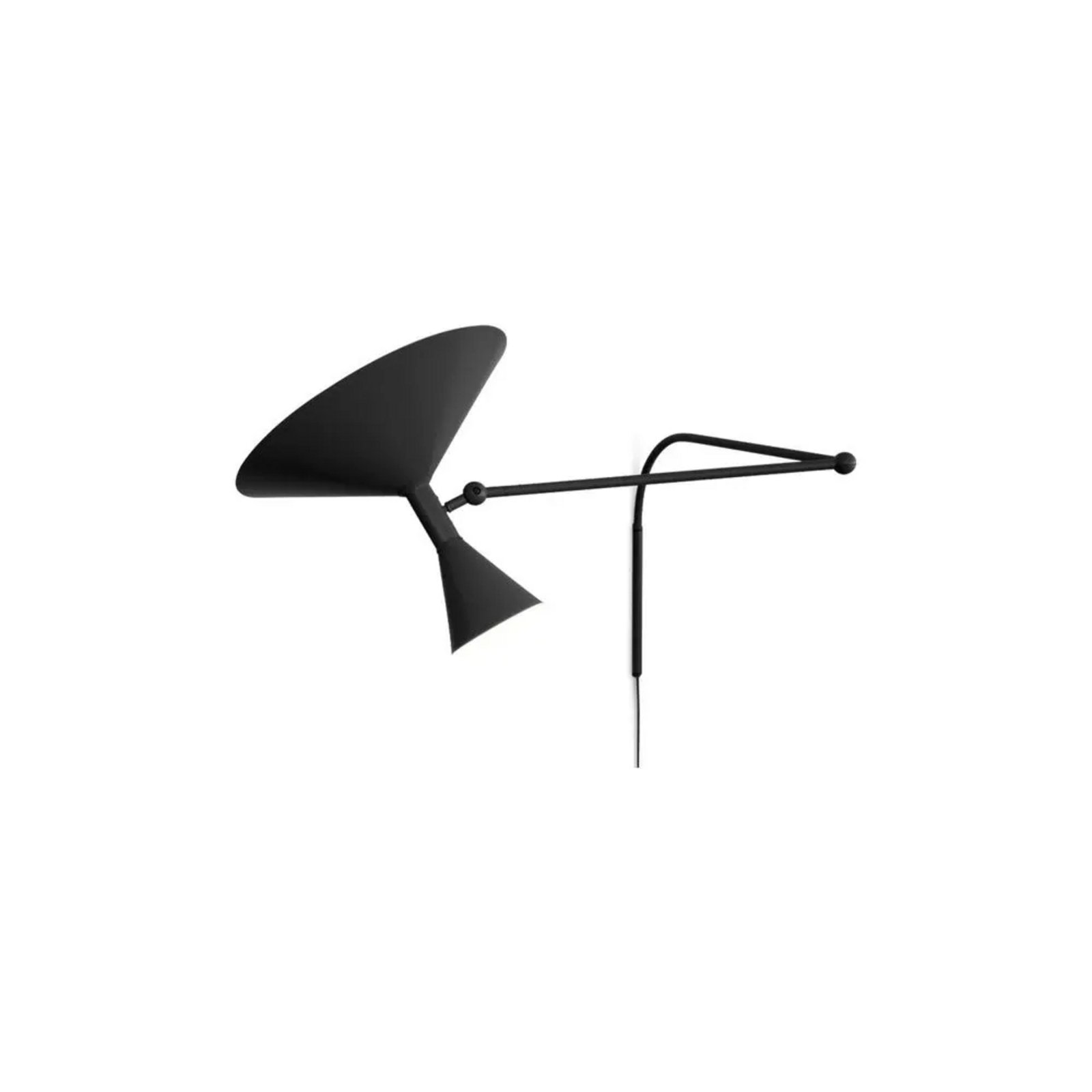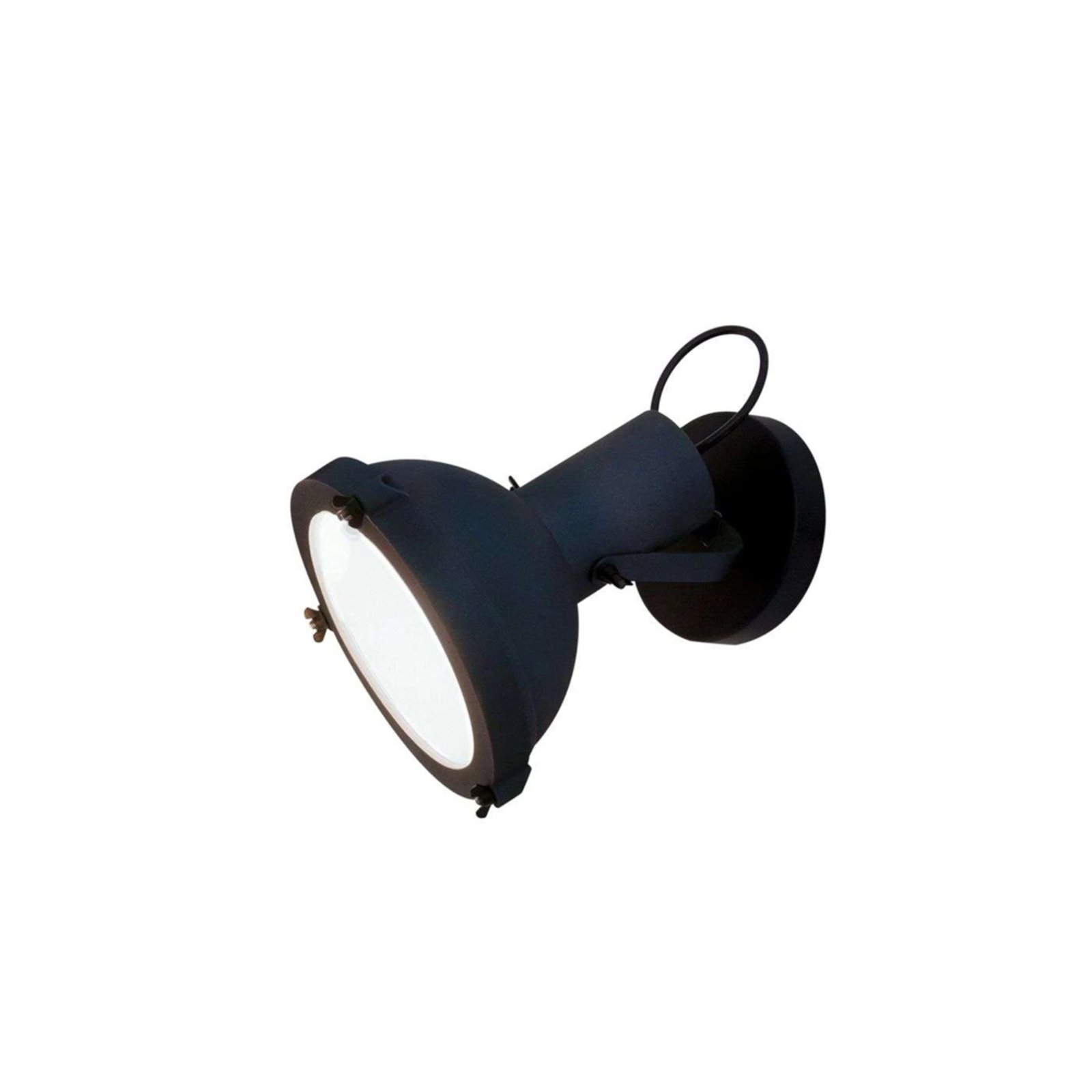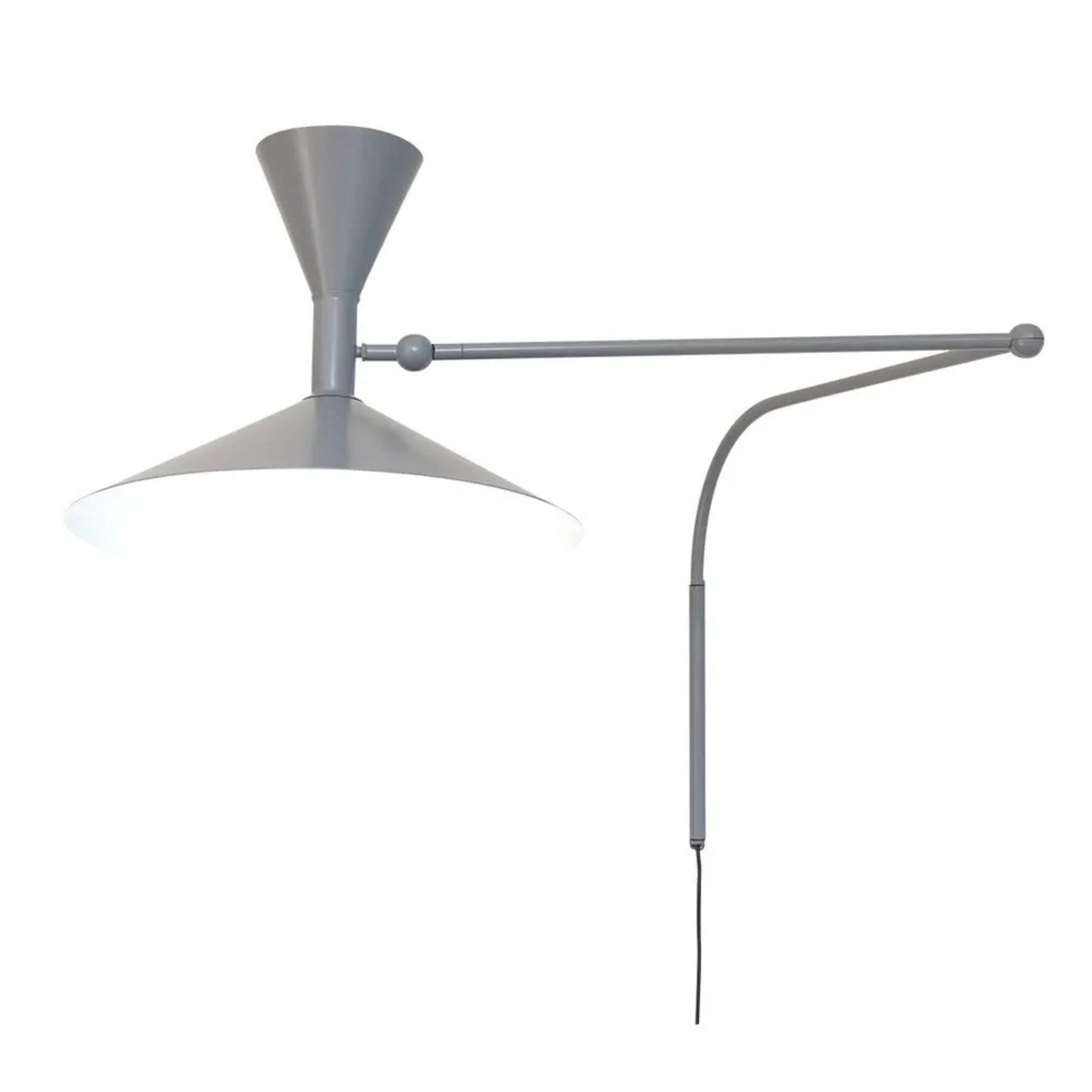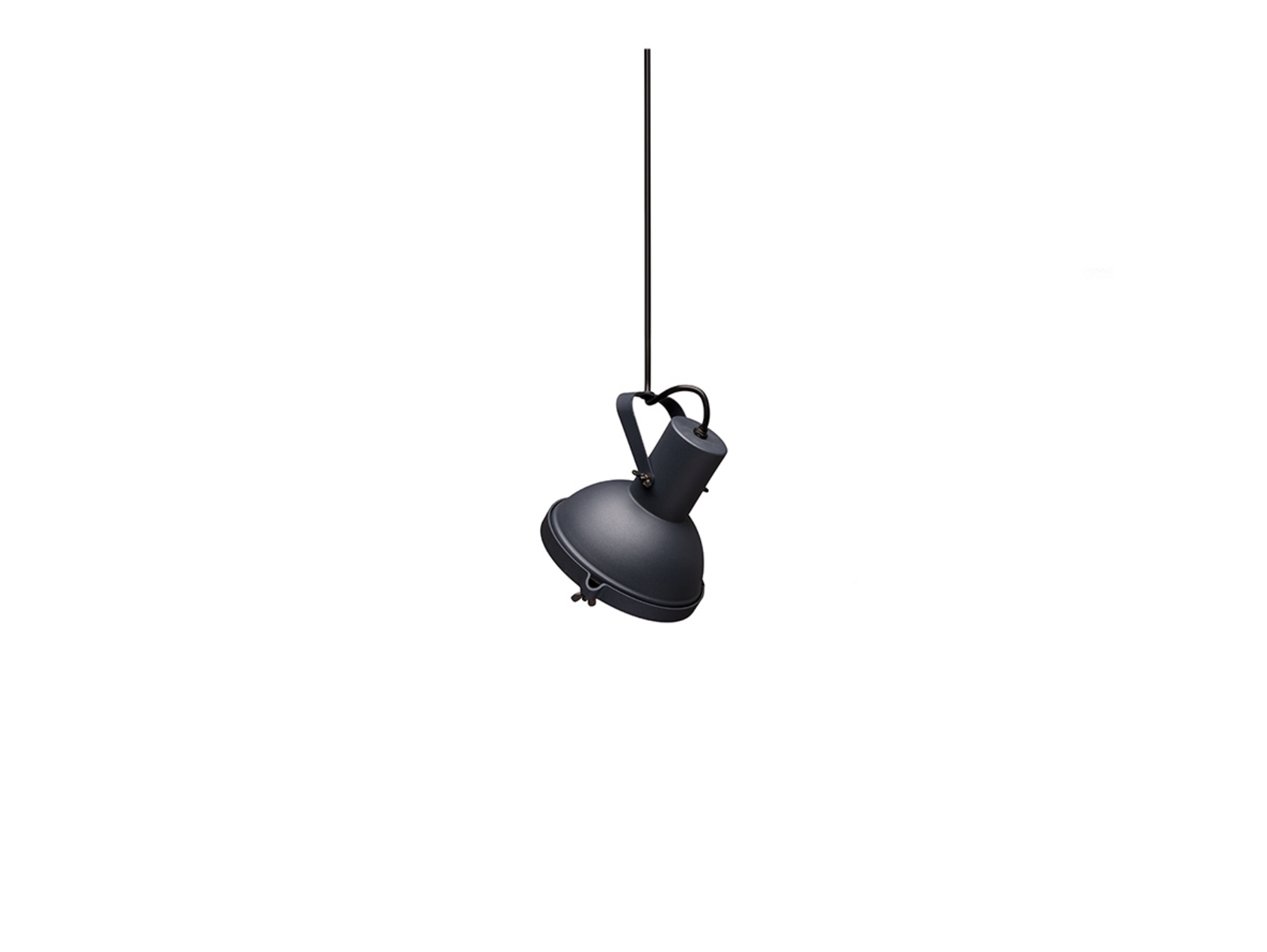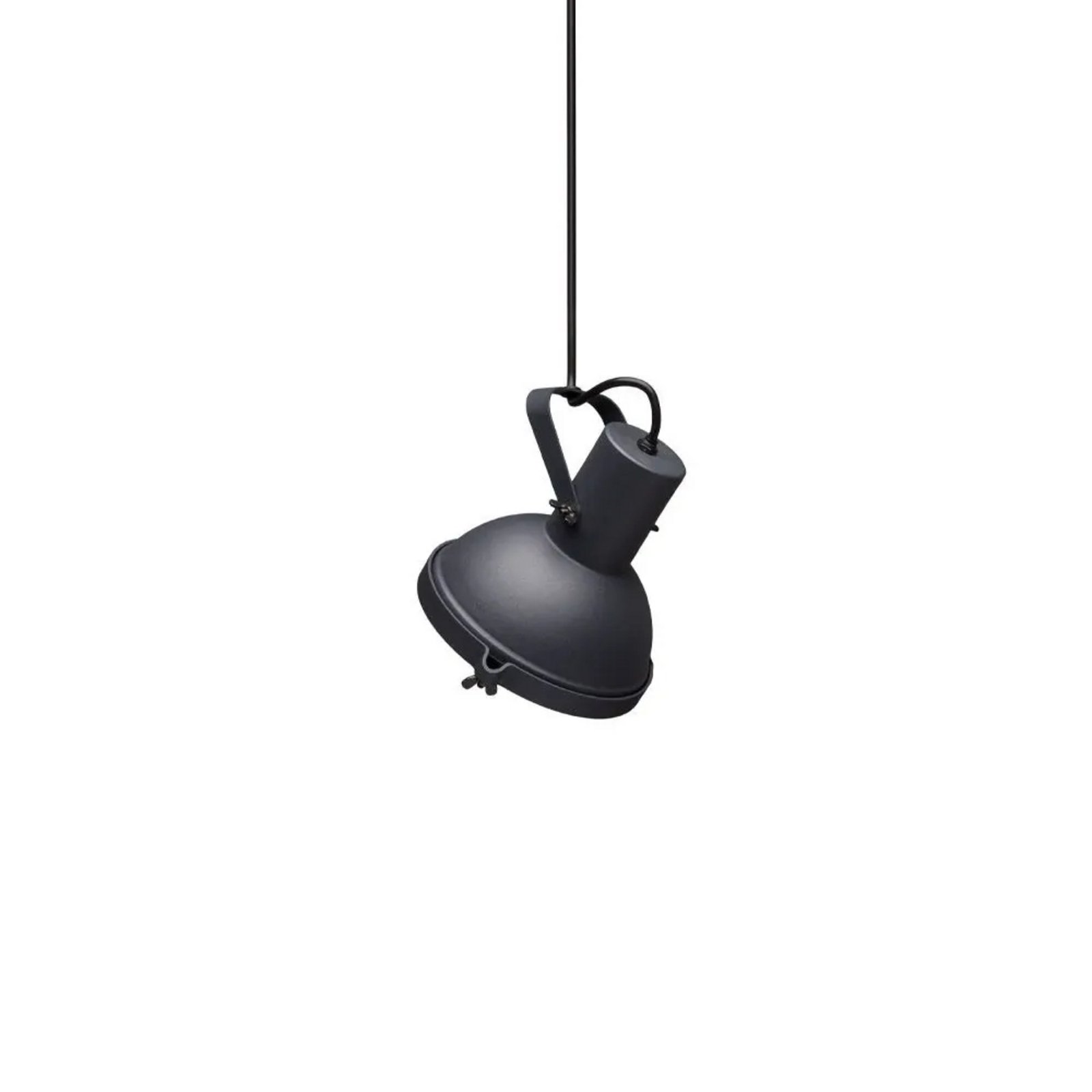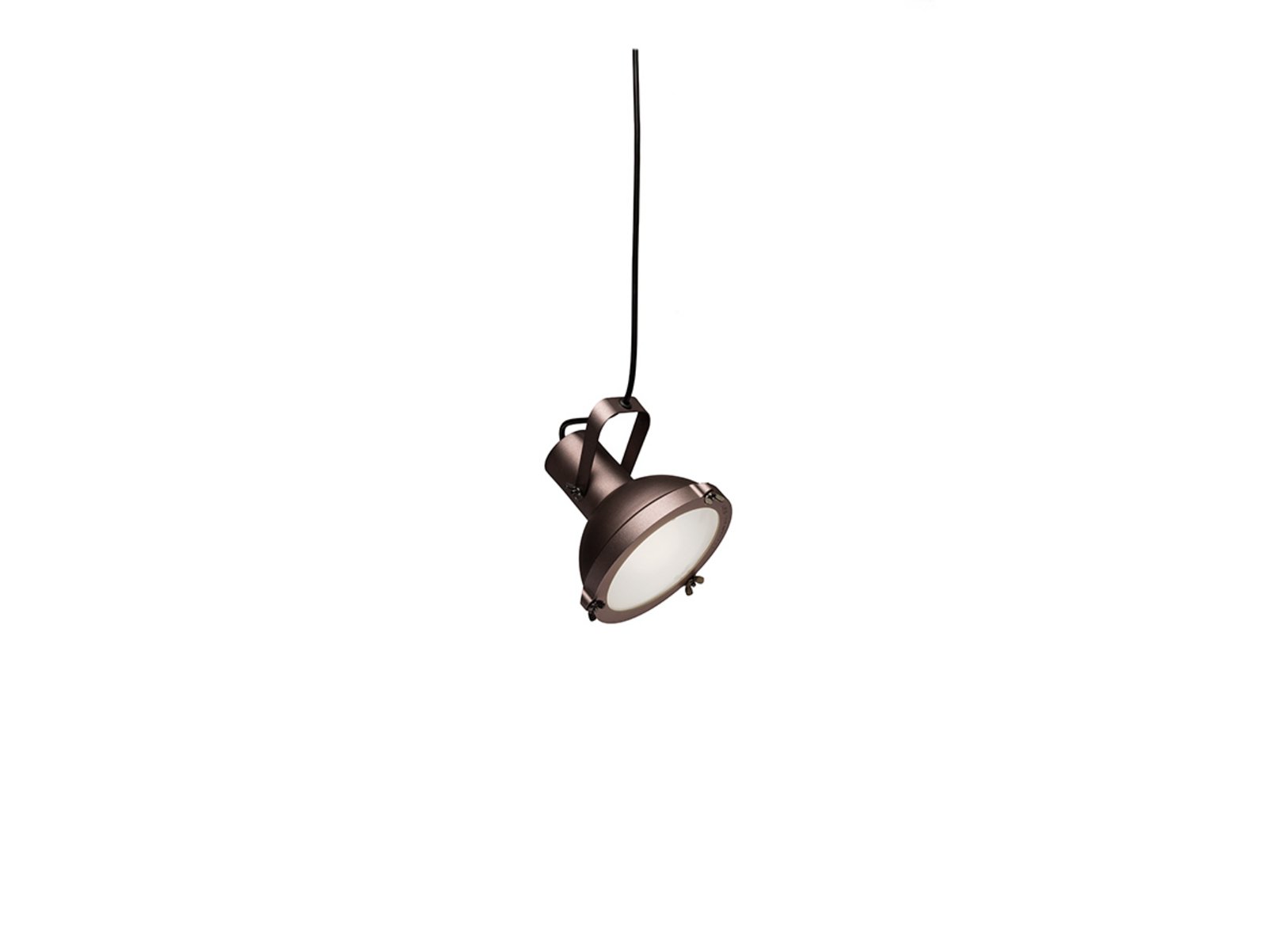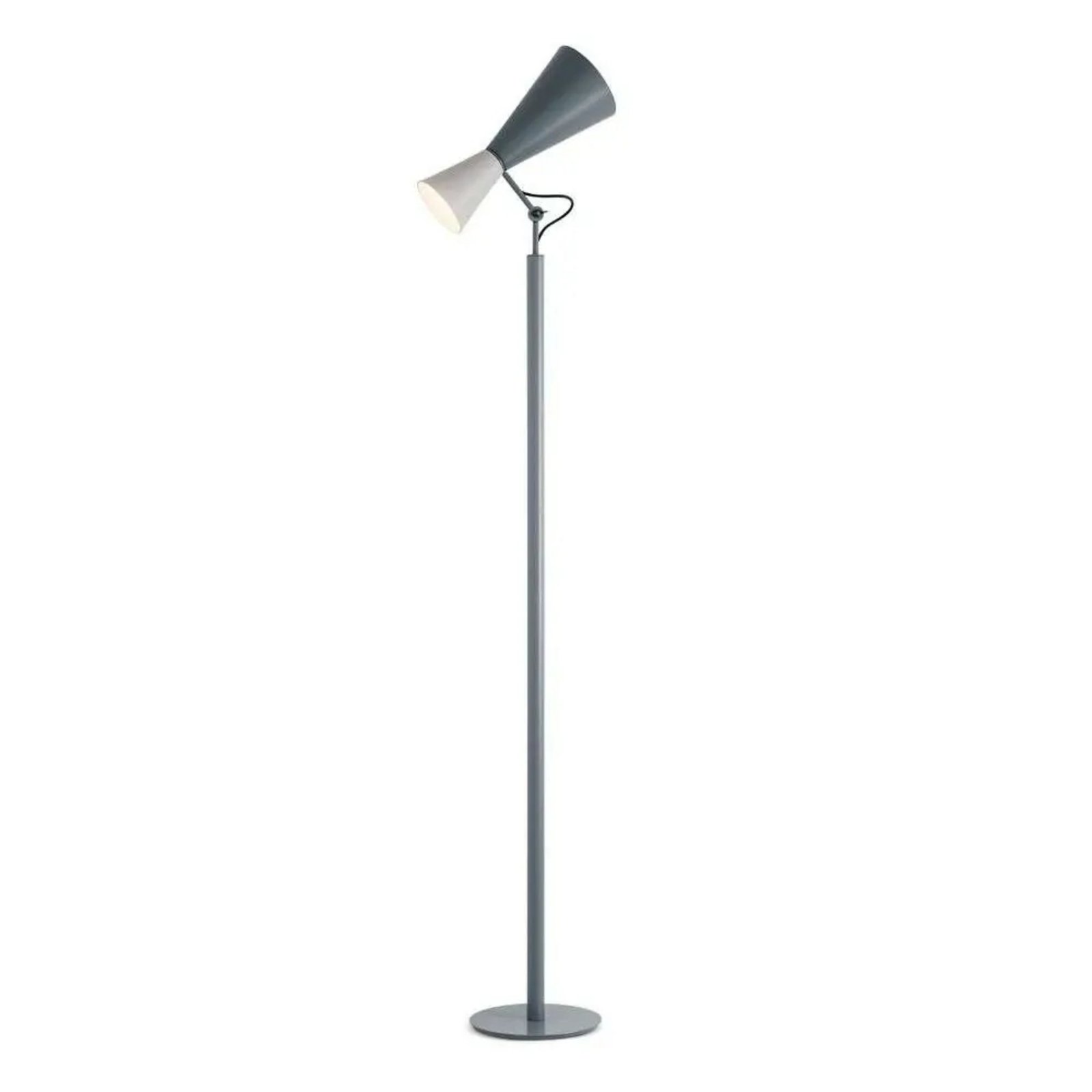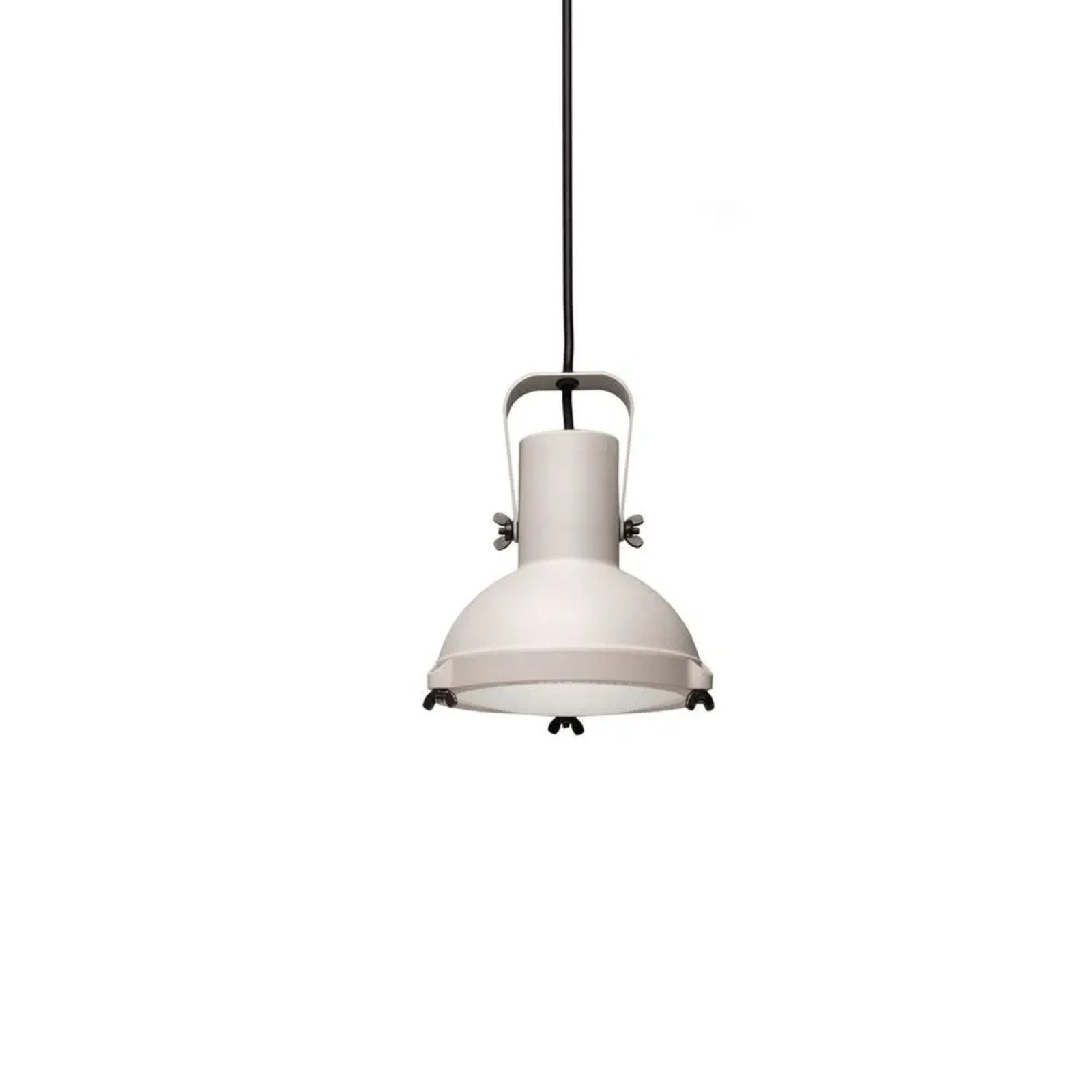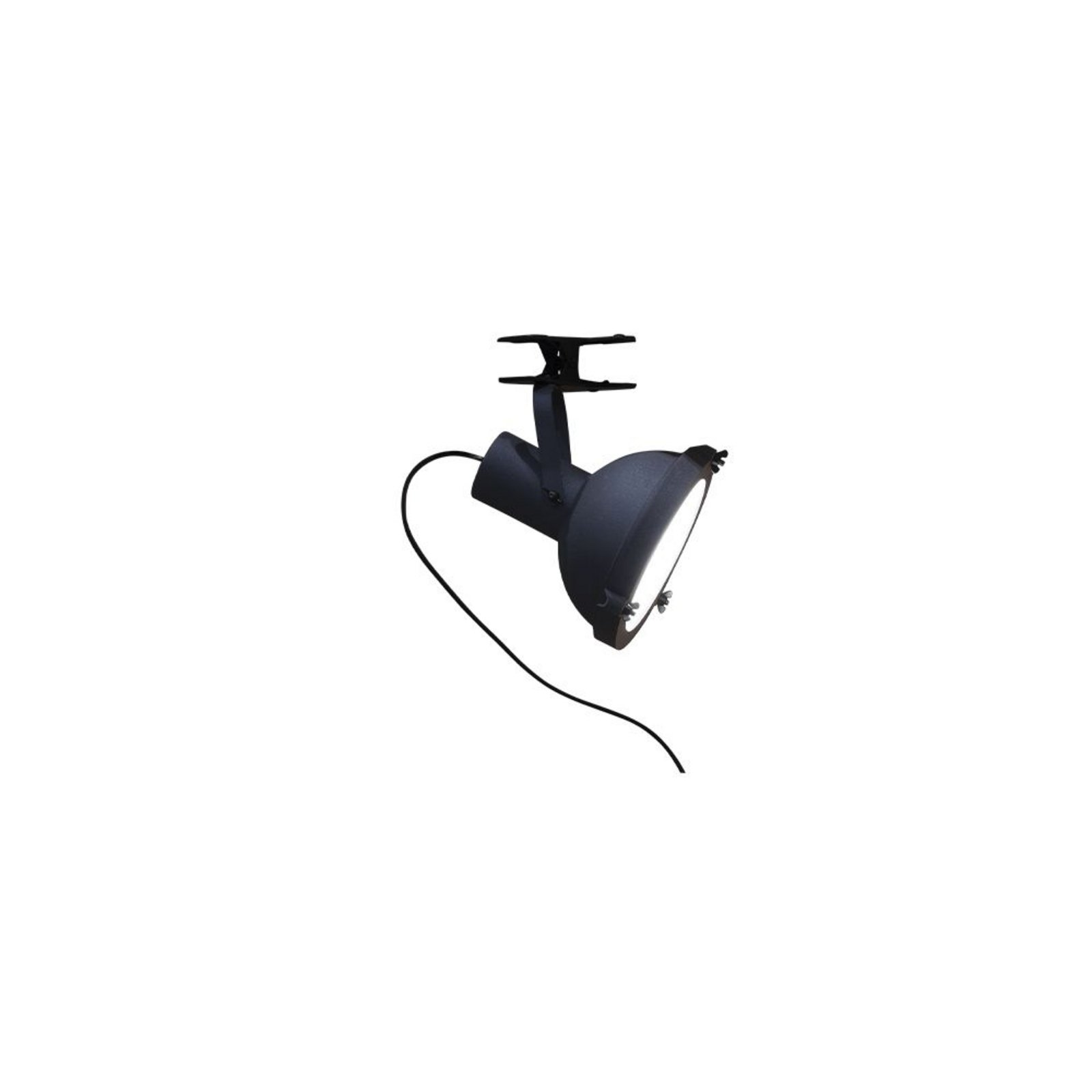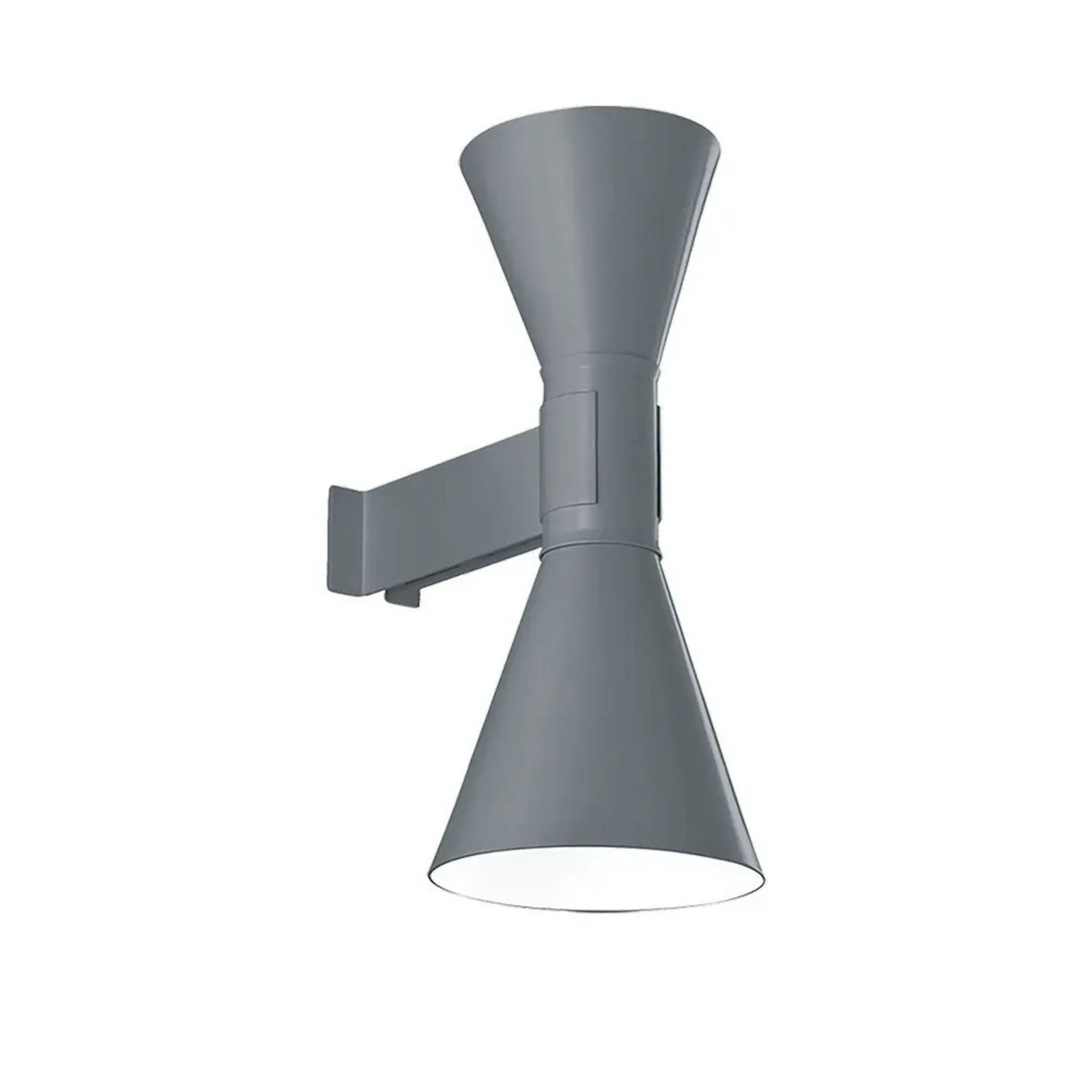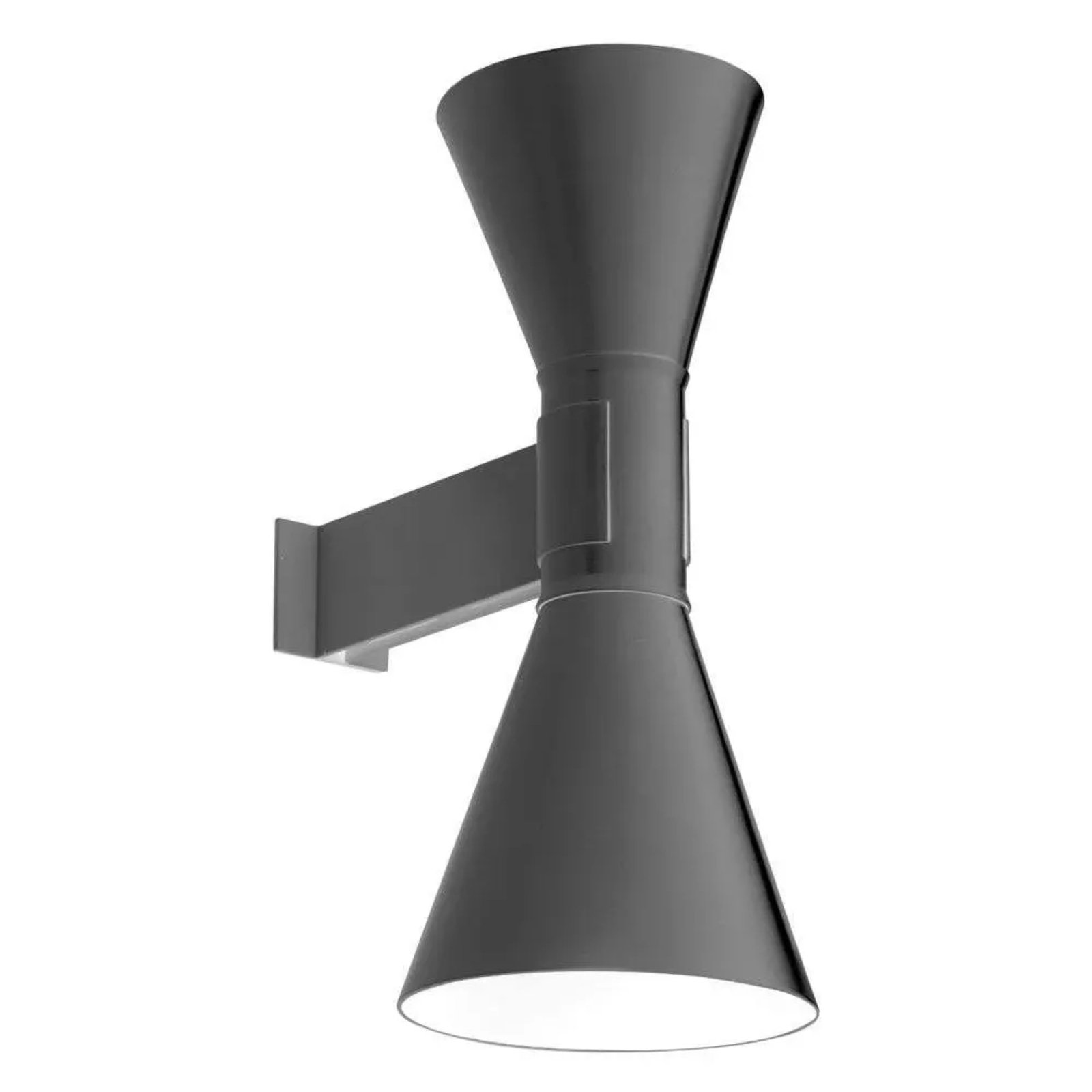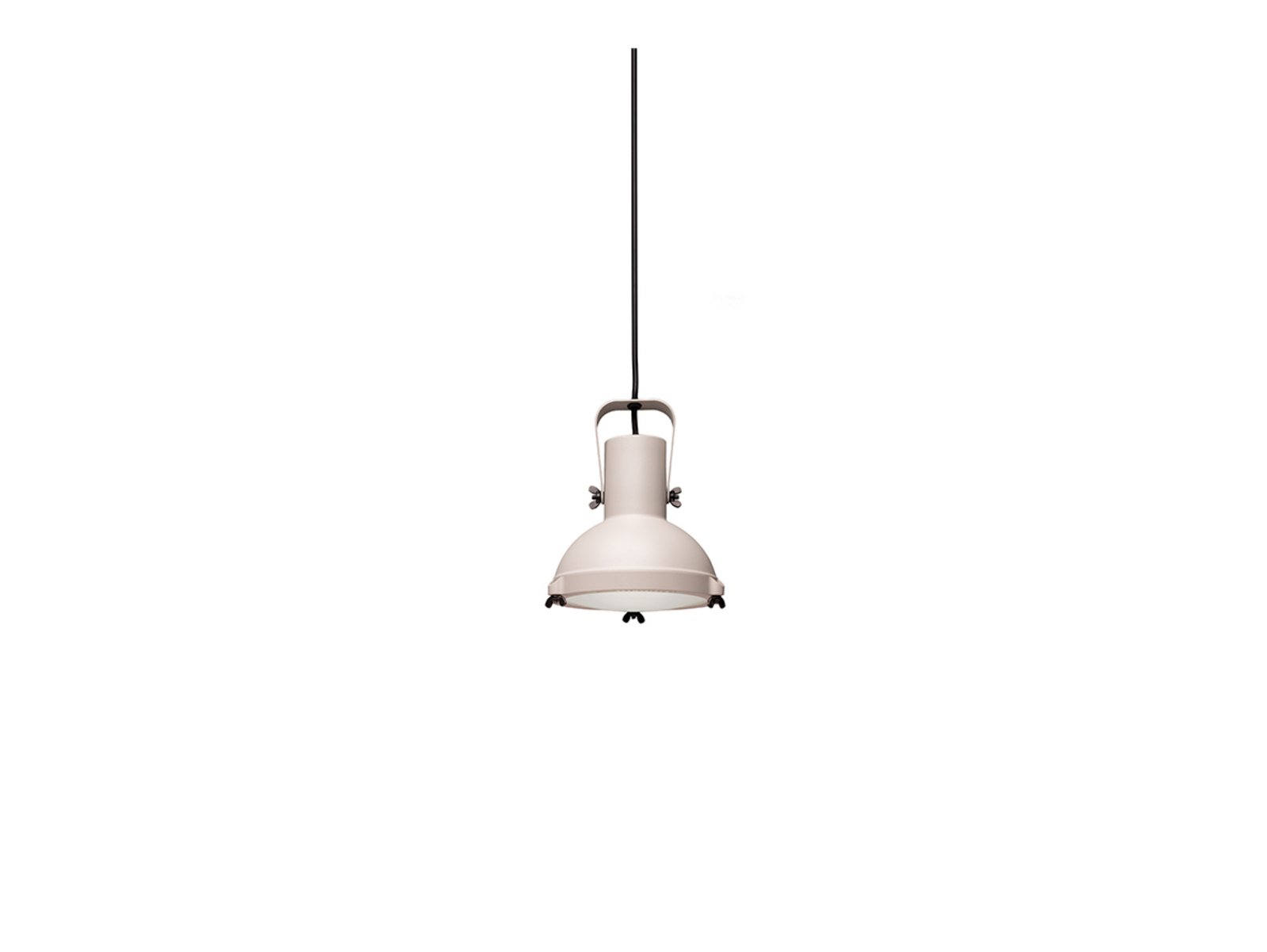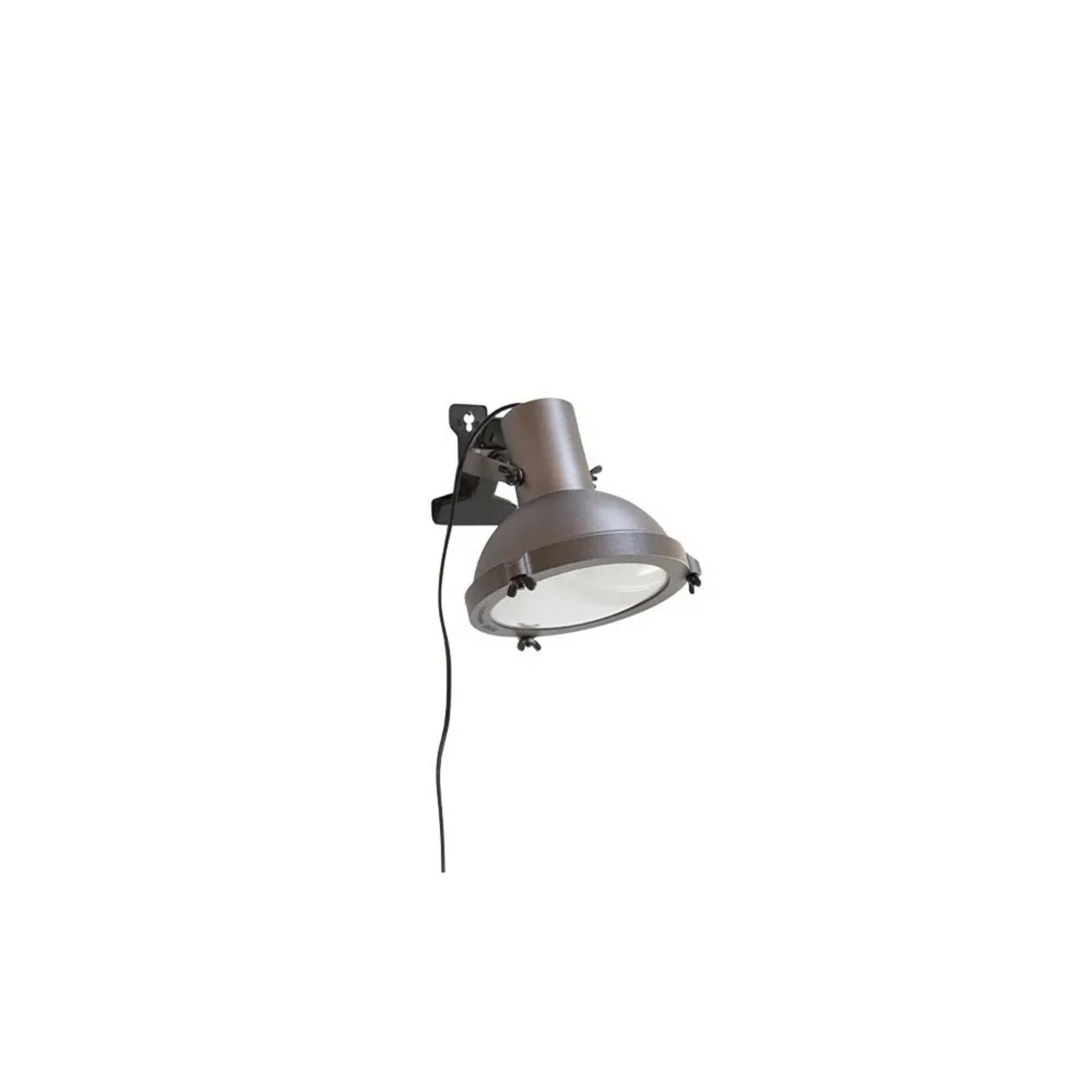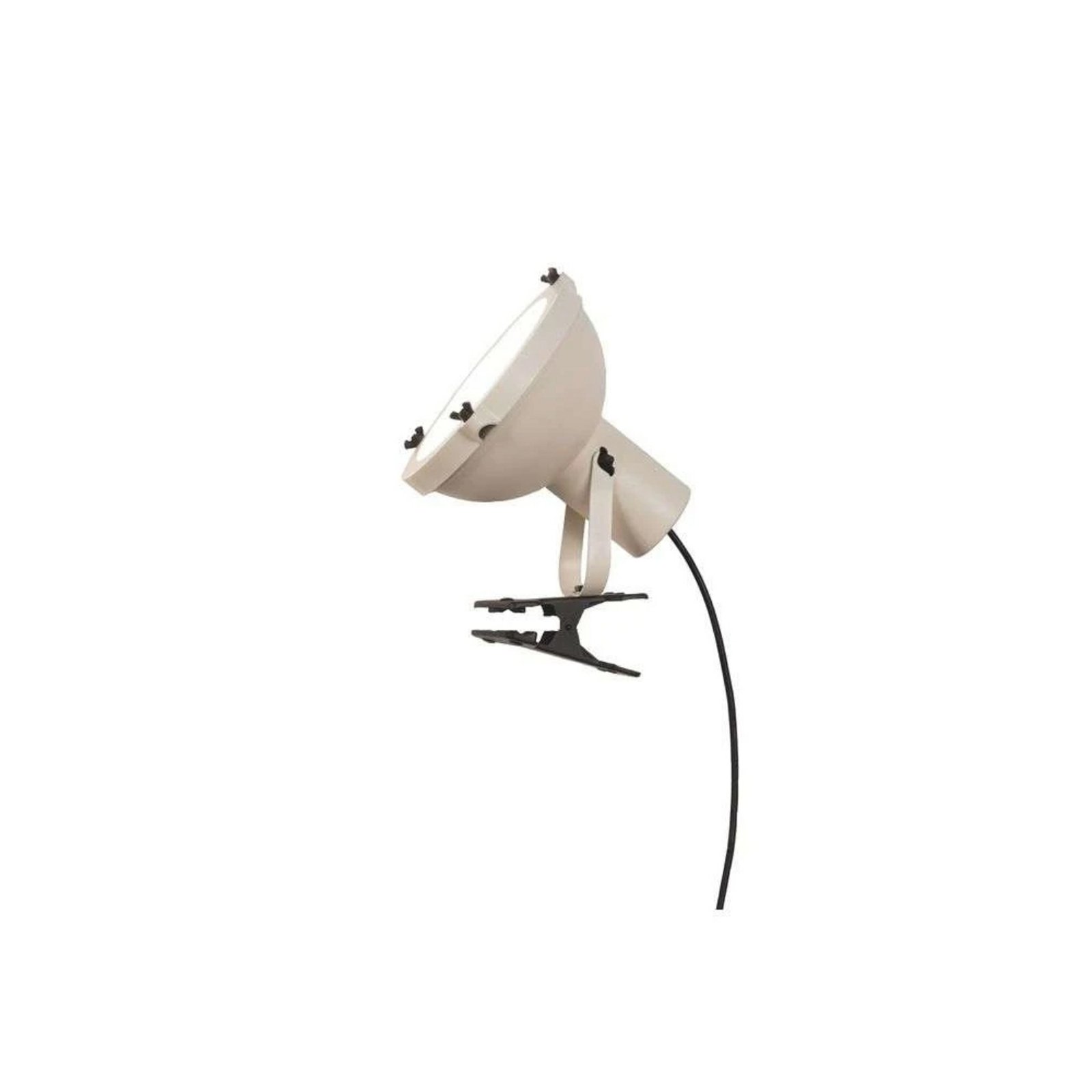- Professional Customer Service
- 50-day return policy
- Free delivery over €99
Le Corbusier
Born: October 6, 1887.\ Death: August 27, 1965.\ Famous works: Borne Béton lamp, Villa Savoye and the capital Chandigarh.\ Education: Architect.
Swiss-French architect Charles-Édouard Jeanneret, better known as Le Corbusier, is one of the most influential architects of all time. For five decades he designed buildings and products for Europe, Japan, India, North and South America, and seventeen of his projects have been added to the list of UNESCO World Heritage Sites, which describes his works as outstanding additions to the modern movement.
Le Corbusier designed everything from small decorative lamps to large cities. Dive into some of his products below, explore the story of one of the most important illustrators of all time and understand why he has been featured on the Swiss 10-franc note.
:format(jpeg))
Modern architecture and Villa Savoye
It was without any classical training and with a preference for art over architecture that Charles-Édouard Jeanneret first made his mark in Switzerland. But over a long life, his worldview changed, and although art never left Corbusier's body, by the end of his career it was a necessary tool.
Le Corbusier was introduced to architecture at art school, which stuck and before long he was spending hours in libraries reading everything about architecture. With a few houses under his belt, including the impressive Maison Blanche he built for his parents, the architect began teaching at his old art school through World War I, concentrating on theoretical architecture, and he was one of the first to philosophize about how the new architectural inventions could actually be used in real life - specifically reinforced concrete.
This inspired the Dom-Ino house, which had to be a house that was easy to build and easy to adapt to its occupants, as many people would need housing after World War I. Unfortunately, not many of these Dom-Ino houses were built, but the concepts Corbusier used in architecture - particularly the interior columns, which meant that the outer walls of the house were not load-bearing - became central to the architect's future works.
The most famous example of Le Corbusier's unique building style can be found in Poissy outside Paris, where Villa Savoye is located. Villa Savoye is a large modernist villa raised above the ground on large columns, encapsulating Le Corbusier's five points of modern architecture. The villa has a unique floor plan design as it stands freely using columns, so none of the walls are load-bearing. Therefore, the house facade can be designed freely. Horizontal windows run along the walls of the building and the roof is equipped with a roof terrace and garden.
Plan Voisin and Chandigarh
Between 1918 and 1922, Le Corbusier did not build anything. Instead, he focused on developing Purism - a movement in painting that he defined with Amédée Ozenfant and Fernand Léger. It was only afterwards that he returned to architecture from his studio in Paris, where he worked with Charlotte Perriand, whose lamps are also reissued by Nemo Lighting and can be found here.
It was during this period that Le Corbusier began to become more radical in his approach to architecture and started flirting with urban planning - for example, with his Plan Voisin, which was a provocative proposal for the reconstruction of large parts of Paris. Corbusier wanted to knock down large parts of the city's old streets and replace them with large, long, straight roads and huge skyscrapers.
The plan never materialized, but the basic essence of the idea lived on in various urban projects with Le Corbusier at the helm; none as impressive as Corbusier's work in India when he was asked to design a new capital for the states of Punjab and Haryana. Due to an unfortunate line on a map drawn by the British after India gained its independence, the original capital of Punjab ended up in Pakistan, leaving the state without a new capital. Le Corbusier stepped in and, working with a large team, created a new capital city called Chandigarh under the supervision of Jawaharlal Nehru, the first president of independent India.
Concrete bollard
Le Corbusier designed many complete buildings for the new capital - including lamps. There's no doubt that the Swiss is best known for his architecture, but Le Corbusier has also created world-class lighting.
Borne Béton is one of the lamps that the architect designed for another project, but which is now distributed by Nemo Lighting. Like so much of Le Corbusier's life, Borne Béton is made of concrete, and its simple body is free of embellishments and frills. The beautiful lamp perfectly encapsulates Le Corbusier's style - and has since been cited as one of Kanye West's major inspirations.
